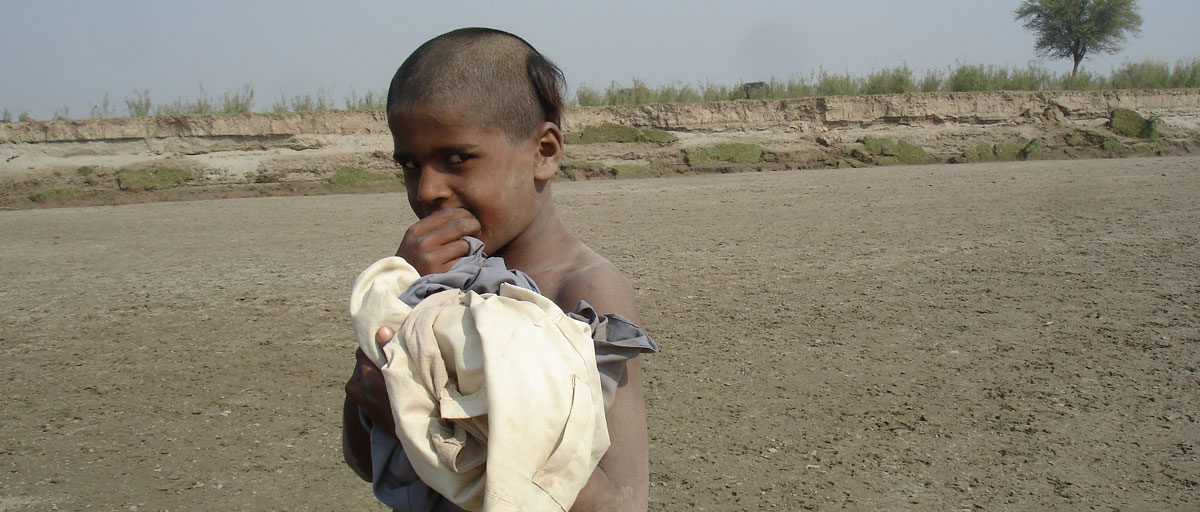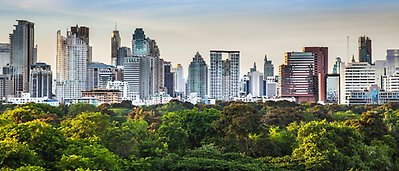Persistent organic pollutant emission via dust deposition throughout Pakistan: Spatial patterns, regional cycling and their implication for human health risks
Summary
In the current study, Persistent Organic Pollutants (POPs) in outdoor dustfall was monitored for the first time along the Indus river system of Pakistan. Among the studied OCPs (ng/g, dry weight), DDTs (0.16–62) were the predominant contaminants identified in deposited dust followed by HCHs (0.1–10.2), HCB (0.09–7.4) and chlordanes (0.1–2.8). The indicative diagnostic ratio for DDTs and HCHs suggested recent emission of DDTs as well as historical emission of both chemicals in regions where they were used for crop protection and malarial control. The levels of ∑31PCBs (ng/g, dry weight) in dust ranged from 0.95–125, and compositional profiles suggested arochlor-1248, -1254 commercial mixtures as source. A few exceptions were samples from urban areas that reflected the use of aroclor-1260, and-1262 and/or unintentional leakage from several industrial processes. The WHO05-TEQ values for dioxin-like PCBs (with major contributions of PCB-126) were found to be 0.07–34.5 (median; 1.87) pg TEQ g− 1dw for all the studied samples. Correlation analysis identified that DDTs, HCHs, HCB and PCBs were significantly associated (r = 90; p < 0.01) with dusts collected in proximity to urban centers with widespread anthropogenic activities in these areas. A few cases where high levels of POPs from remote mountain highlands were detected, point to the potential for long range transport of these chemicals. Human risk assessment analysis of contaminated dust showed that DDTs and PCBs are major constituent chemicals of concern with regard to the development of cancer in children, with ingestion being the main route of exposure of dust-borne DDTs (0.12–1.03 × 10− 6) and PCBs (0.86–12.43 × 10− 6).







